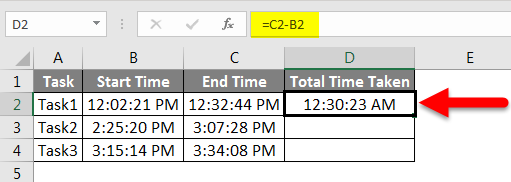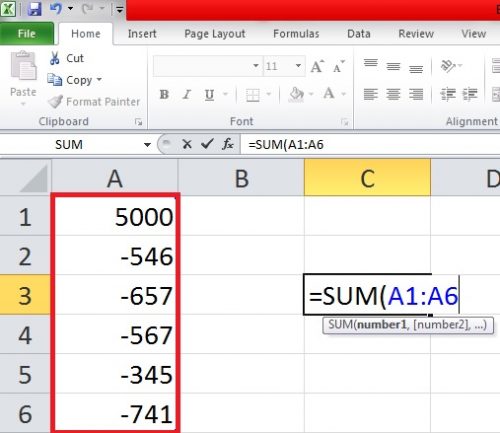
With results cell selected you can use the Functions text box to enter the formula you wish to use, in this case the formula described above. You can enter the formula in the cell where you wish the results to appear, or…ī. There are two places where the formula can be entered.Ī. It is important that the equals ( =) sign precede the cell references (equals sign always goes first when composing a formula) and that you use the minus ( –) sign between the two cell references. To subtract a number in Excel you will need to write out a formula that reads as follows:Ĭells A and B refer to a specific cell on the spreadsheet so if the first value you wish to use in the formula is in cell D1 and the second value is in D2 your formula should look like this:

Click the cell where you would like the difference (the result) to appear.Ģ. Software/Hardware used: Office 2011 running on Mac OS 10.6, but the guide should apply to all versions of Excel.ġ. In the following steps I will show you how to create a formula in Excel that a cell from another to provide you with the difference.

Accordingly, the values in column D are decimal values, with the Percentage number format applied.If you are new to Excel and unfamiliar with Excel’s built-in functions, specifically subtraction you will find this guide useful. For example, 95% is read as "Ninety-five percent" and is equivalent to 95/100 or 0.95. In mathematics, a percentage is a number expressed as a fraction of 100. This example explains the general formula for increasing a number by a given percentage. For example, with -10% in cell D5 (-0.10), the formula evaluates like this: =C5*(1-D5) Negative percentagesĪ negative percentage will have the effect of increasing the original price. The general formula for this calculation, where "x" is the new price, is: x=old*(1-percentage)Ĭonverting this to an Excel formula with cell references, the formula in E5 becomes: =C5*(1-D5)Īs the formula is copied down, the formula returns a new price for each item in the table, based on the percentages shown in column D.

For example, given an original price of $70.00, and an decrease of 10% ($7.00), the result should be $63.00.

In this example, the goal is to decrease the prices shown in column C by the percentages shown in column D.


 0 kommentar(er)
0 kommentar(er)
